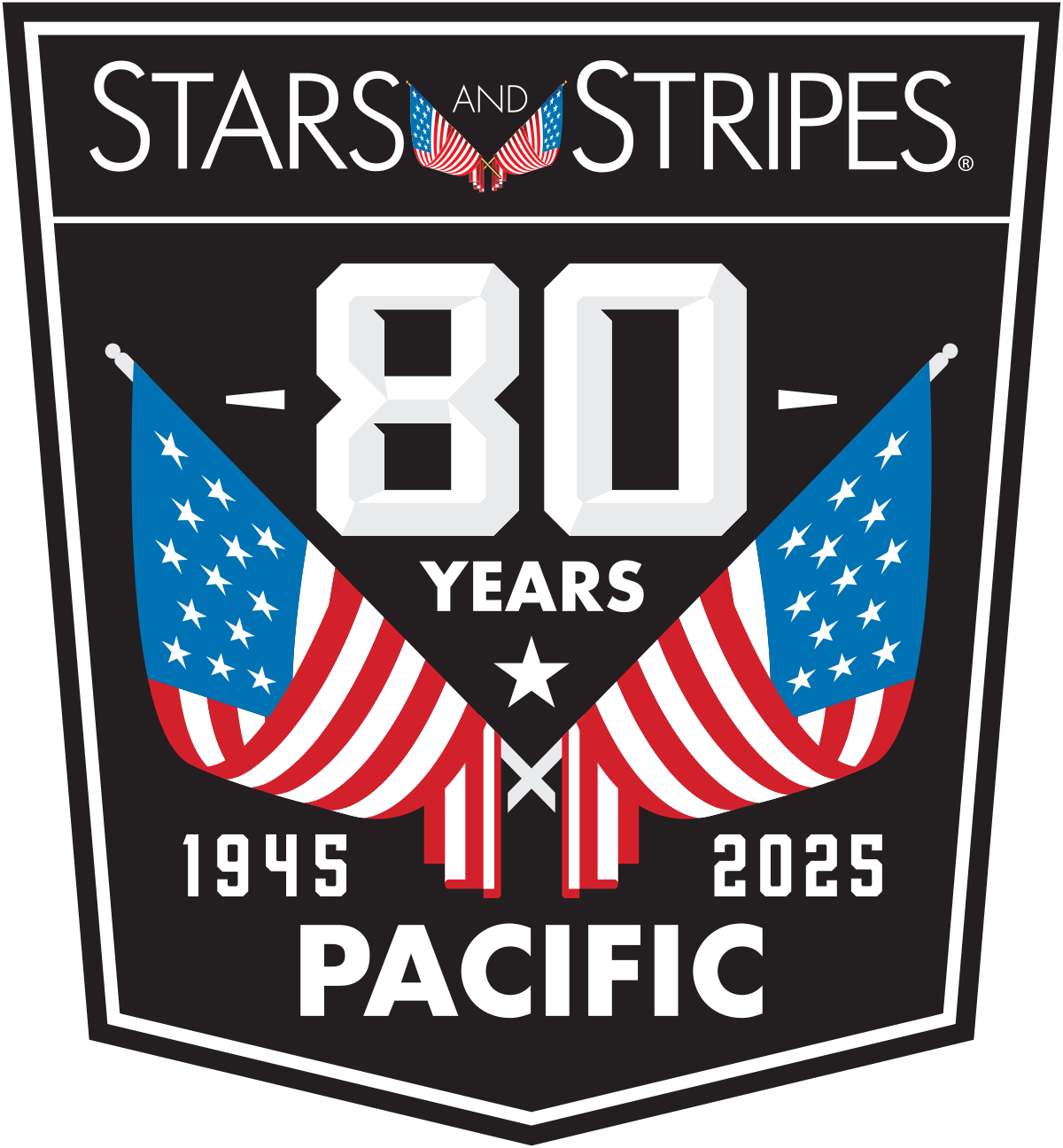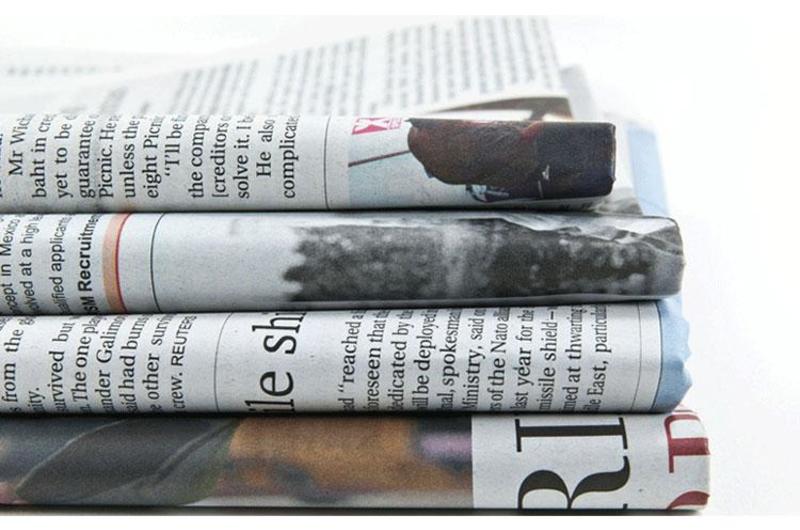By Ron Jayson | Stars and Stripes May 12, 1972
TOKYO — Conferences with top Japanese leaders Saturday, capped by an evening reception by Japan's Prime Minister Eisaku Sato, comprised Vice President Spiro T. Agnew's second day here.
Agnew, President Nixon's personal representative to the Okinawa reversion ceremony, sandwiched an audience with Emperor Hirohito between a morning session with Sato and a late afternoon talk with Foreign Minister Takeo Fukuda.
Since the vice president has issued no statement and has not scheduled any press conferences during his five-day stay, the sessions with the Japanese political leaders have not been revealed.
The expertise of those in attendance with Agnew, however, gave a clue to what issues were most likely discussed.
In addition to U.S. Ambassador to Japan Robert S. Ingersoll, an expert in economics and business, Agnew arrived at Sato's residence with his assistant for foreign and military affairs, Brig. Gen. John M. Dunn, and Thomas R. Reynders, his deputy Assistant for Foreign Affairs.
After a brief photo session for the press, Sato and Agnew entered a conference room with their advisers that was sealed off from newsmen.
One issue almost certainly hashed over was the U.S. mining and blockading of North Vietnamese ports. Sato, who is expected to step down at the end of the current Diet session (scheduled for May 26), has labeled the action unwise but has begrudgingly defended it in Diet sessions.
Another likely topic was the interpretations of certain clauses of the Kishi-Herter notes appended to the U.S.-Japan Security Treaty, which have recently come under fire from several political leaders — including Fukuda. The notes refer to American military operations originating in Japan and the introduction of U.S. personnel and equipment into Japan.
In addition, conflicting positions on several economic disputes between the two nations were undoubtedly brought up.
Sitting with Sato at the morning parley were Japanese ambassador to the U.S. Nobuhiko Ushiba and the director general of the American Affairs Bureau, Bunroku Yoshino.
Chief Cabinet Secretary Noboru Takeshita was scheduled to attend but canceled at the last minute.
Before his afternoon talk with Fukuda at his Okura hotel suite, Agnew was received at the Imperial Palace by Emperor Hirohito and had luncheon with the royal family.
A formal evening reception held for Agnew by the prime minister hosted members of the vice presidential entourage and Lt. Gen. Gordon M. Graham, commander, 5th Air Force and U.S. Forces, Japan.
After cocktails, the guests entered the main dining room where huge replicas of the two countries' flags hung side by side over the head table.
Neither hostile nor friendly groups greeted the vice president throughout the day. It is apparent that the Japanese government is underplaying his visit.
However, he may be exposed to demonstrations on reversion ceremony day following a day of rest on Sunday. According to Japanese police estimates, 15 separate demonstrations ranging in size from 50 to 20,000 protesters are expected here Monday.




